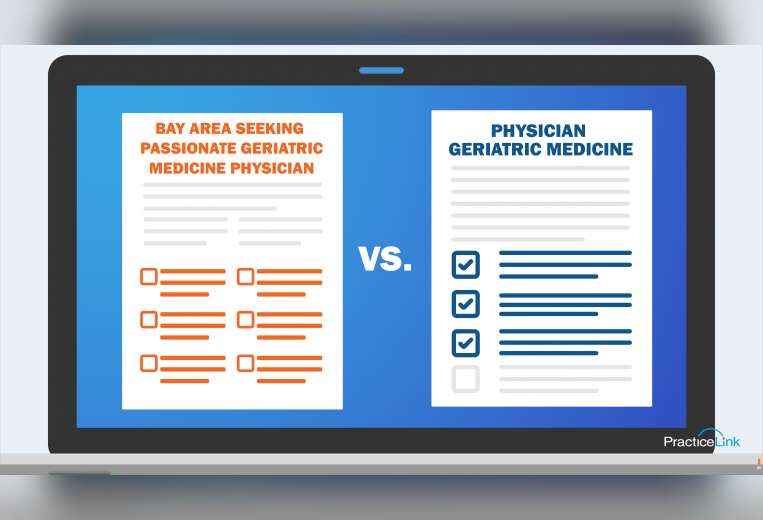Job posting vs job description

A job posting and job description have key differences, and when identified, can be used more effectively to market your opportunities and compel candidates to apply.
If you’re unclear or need a refresher on how to write a job description vs. a job posting, you’ve come to the right place. Check out these points to distinguish and position your opportunities for the best possible recruitment results:
Job postings
Job postings are designed to attract the attention of candidates and display details about your work culture, facilities and team. They’re all about drawing in a candidate, developing their interest and, eventually, encouraging them to apply. When prospects finish reading your job posting, it should stand out from the competition; they should have a good idea of what your facility is like, what your team prioritizes and what draws other physicians and advanced practice providers to your community.
Job postings usually include details about the position; features of the facility or campus; organization values; and location information.
Boiled down, job postings should:
- Have a unique title (ex: "Bay area seeking passionate Geriatric Medicine Physician").
- Focus equally on the role and your organization’s value.
- Serve as a marketing piece for your opportunities.
- Be designed to generate candidate awareness.
Job descriptions
A job description is used to deliver key points about a specific opening: the role, expectations and what an organization is seeking in a potential candidate.
If the job posting’s goal is to attract candidates’ attention, the description’s job is to outline the role to which the candidate would be applying. It will probably be more straightforward without visuals and other attention-grabbers. A description should help candidates determine if they’re interested based on specific expectations and if their qualifications will meet the requirements of the job.
Additionally, it will also include a clear summary of the position’s primary purpose and objective. Then, the duties expected within the role, details about the practice type, and what your ideal candidate looks like will also be included - most likely in a bulleted and digestible format. A good job description will also clarify conditions of employment such as background checks, education, licensing and credentialing requirements and more.
Boiled down, job descriptions:
- Typically have a more generic title (ex: "Physician - Geriatric Medicine").
- Focus more on the role than the organization.
- Include conditions of employment.
- Go more in-depth about what will be expected or required of the candidate.
- Bridge the next step from job posting to application.
Now that you know the main differences between a job posting’s and job description’s purpose, details and objectives, you can design and adjust yours to be more effective in reaching and recruiting candidates for your openings.
We’re here to help! If you have questions about your job postings and descriptions, or making changes to yours in the PracticeLink system, contact PROTeam@PracticeLink.com.

